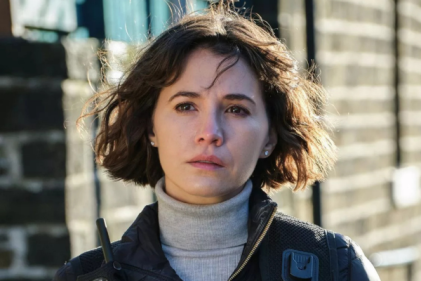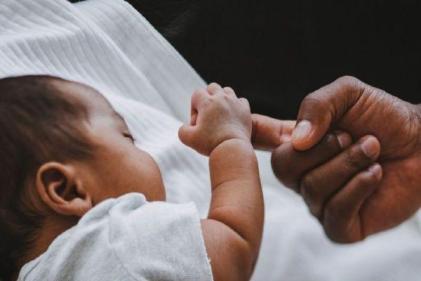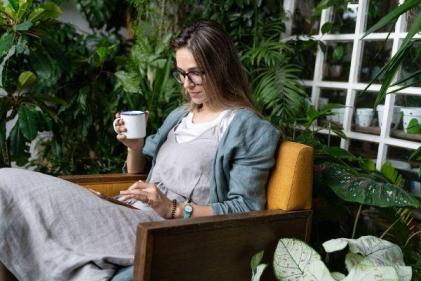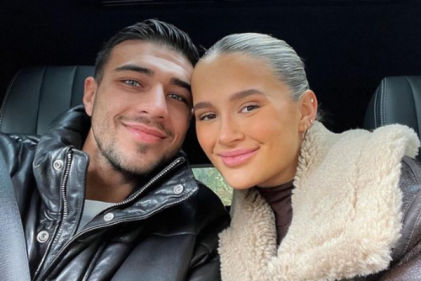A lazy eye (amblyopia) ideally needs to be diagnosed and treated as early as possible, preferably before a child is six years of age.
It can sometimes be difficult to know whether a child has a lazy eye because they often do not realise that there is anything wrong with their vision. Therefore, a lazy eye may not be diagnosed until your child has their first eye test. If you suspect a lazy eye you can try a basic test at home. Cover one of your child's eyes (for a baby or toddler, you may need to wait until he is interested in an object). See if he follows the object with his uncovered eye as you move it. Repeat by covering the other eye and see if he follows the object just as well. It’s a little difficult to gauge as a baby may lose interest or become distracted before your test is over. If one eye does seem weaker, try testing again another time, maybe starting with the other eye. If your childseems to be able to see better with one eye than the other, schedule an appointment with your G.P. or an ophthalmologist.
Routine eye examination
In the UK, children are usually given a routine eye examination before they start school. This means that if a child has a lazy eye, it is possible to diagnose and treat the condition before it is too late.
Following the results of your child’s eye test, if the eye specialist (ophthalmologist) suspects a lazy eye, a full eye examination will be carried out in order to make a firm diagnosis. Each eye will be tested separately to determine whether there is any serious, long- or short-sightedness. Both eyes will also be tested together to see if there is a squint.
During their eye test, the structure of your child’s eyes may also be examined to determine whether there are any abnormalities, such as astigmatism (where the surface of the lens is uneven, causing blurred vision).
Learn more about treatments for lazy eye









